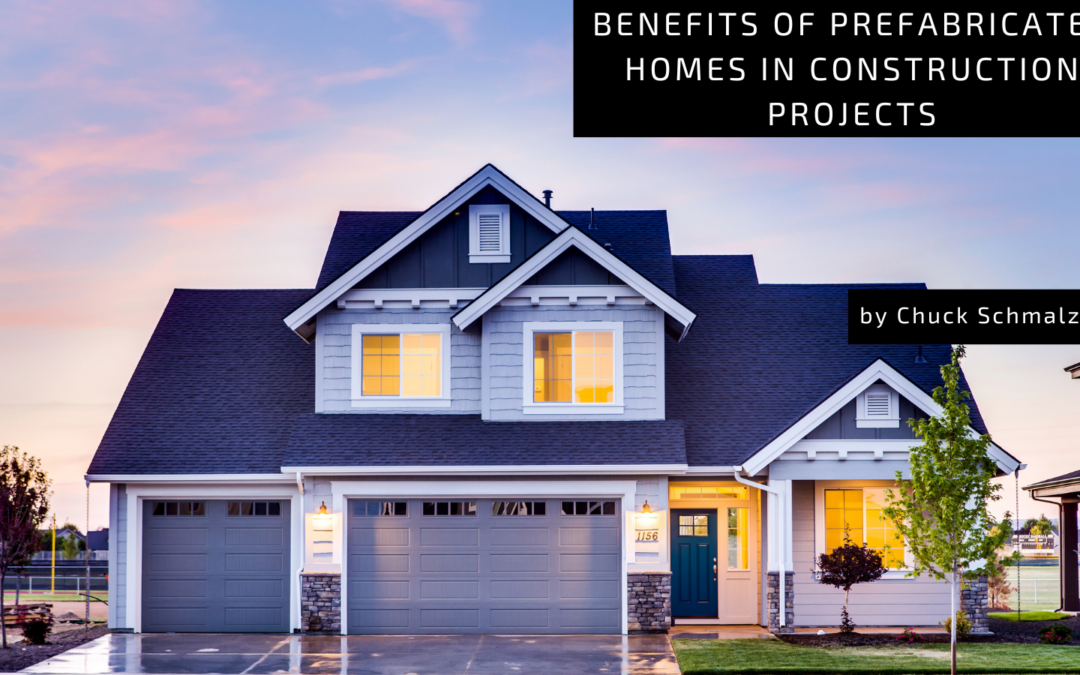In the ever-evolving landscape of modern construction, prefabricated homes are emerging as a versatile and efficient alternative, offering many benefits that make them increasingly popular among homeowners and builders alike.
One of the primary advantages of prefabricated homes is the accelerated construction timeline. Unlike traditional construction methods that involve on-site building, prefabrication involves manufacturing components off-site in a controlled environment. This simultaneous manufacturing and on-site preparation allow for a significantly faster construction process. Prefabricated homes can be assembled in a fraction of the time it takes to construct a conventionally built house, reducing labor costs and expediting project completion.
Cost efficiency is another compelling factor contributing to the growing appeal of prefabricated homes. The controlled environment of the factory setting minimizes material waste, and the ability to buy materials in bulk further reduces costs. Additionally, the predictability of construction timelines allows for better budget planning and cost management. These cost savings often translate into more affordable housing options for homebuyers without compromising quality or design.
Prefabricated homes are also lauded for their design flexibility. Modern advancements in manufacturing technology enable architects and homeowners to explore a wide range of styles and configurations. From sleek, minimalist designs to more intricate and customizable layouts, prefabricated homes can be tailored to meet diverse aesthetic preferences. The flexibility in design extends to various architectural styles, making prefabrication a suitable option for those seeking a traditional or contemporary look.
The environmental sustainability of prefabricated homes is a notable benefit in an era focused on eco-friendly construction practices. The streamlined manufacturing process generates less waste, and the ability to recycle and reuse materials contributes to a smaller environmental footprint. Additionally, the controlled conditions in the factory reduce the impact of weather-related delays, allowing for more efficient resource utilization.
Prefabricated homes often incorporate energy-efficient features, aligning with the increasing demand for sustainable and energy-conscious living. The controlled manufacturing environment allows for the integration of high-quality insulation, advanced HVAC systems, and energy-efficient windows and doors. As a result, prefabricated homes can surpass traditional dwellings in terms of energy performance, providing long-term benefits for homeowners through reduced utility costs and a smaller carbon footprint.
In conclusion, the benefits of prefabricated homes in construction projects are multifaceted, encompassing speed, cost-efficiency, design flexibility, sustainability, and energy efficiency. As the construction industry continues to evolve, prefabrication stands out as a forward-thinking approach that addresses the present challenges while offering a glimpse into the future of home construction. The widespread adoption of prefabricated homes reflects a shift towards more efficient, cost-effective, and environmentally conscious building practices.

